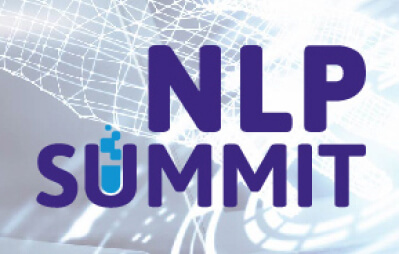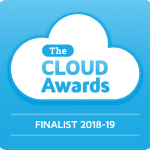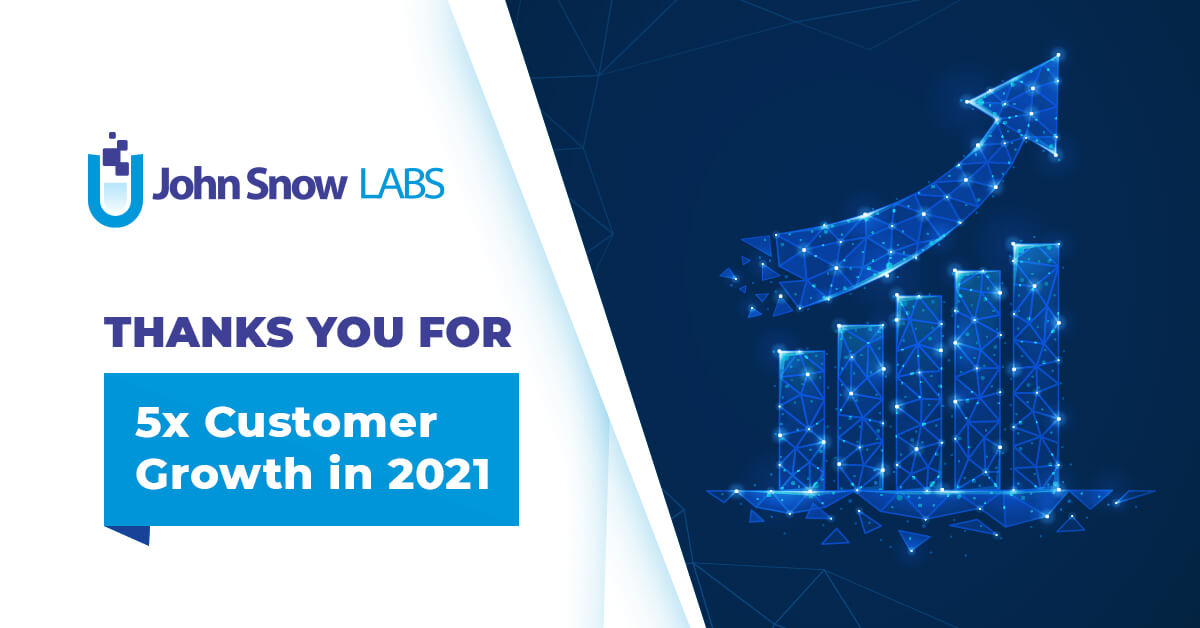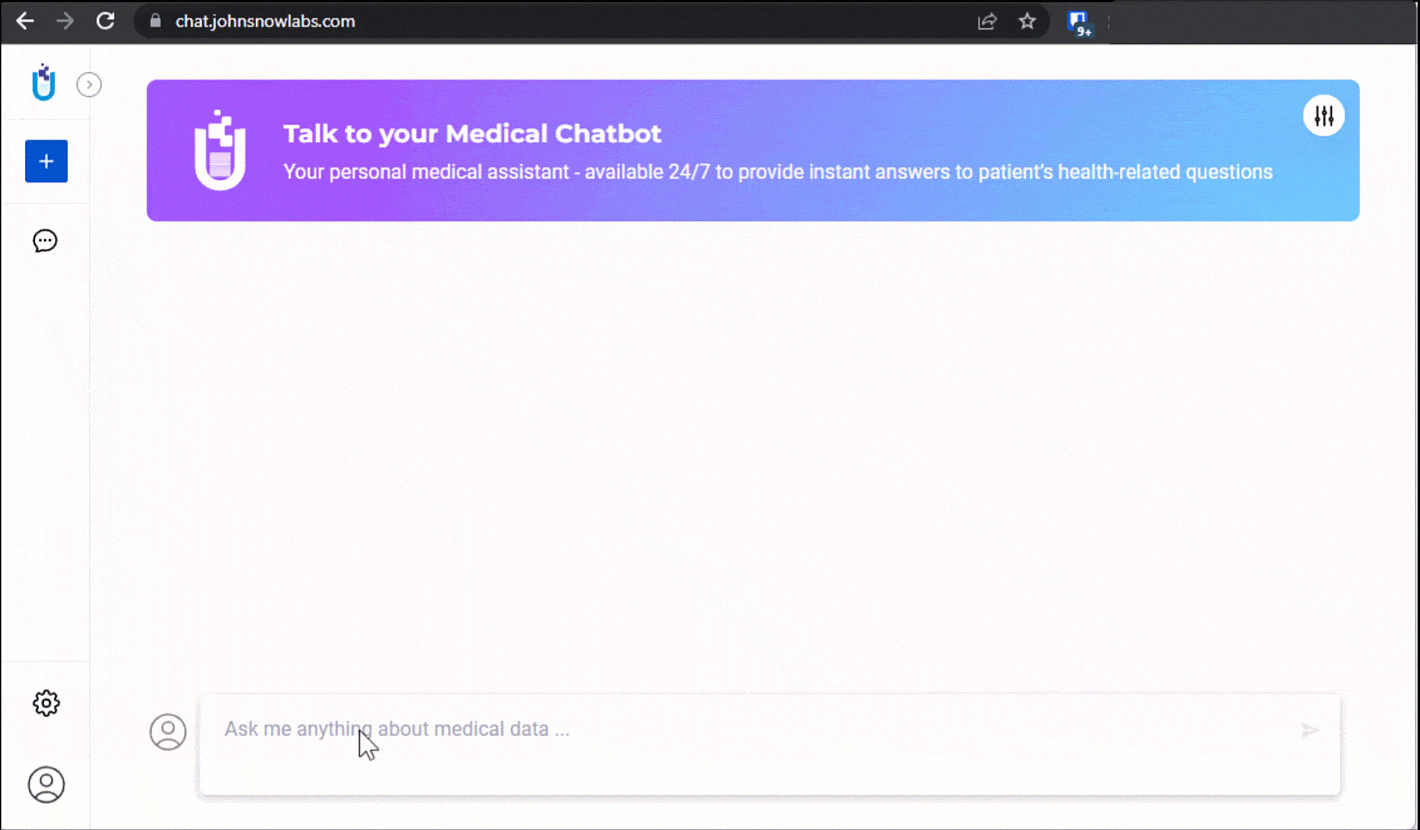What Makes this AI Different?
- Proprietary Medical Large
- Language Model
- Medical Conversations
- Safeguards
- Prevent Hallucinations
- Explainable Results
- Cite & Explore References
- Medical Knowledge Bases
- Daily Updates
- Target Knowledge Bases
- SaaS or On Premise
- Designed to Scale
- Works on Your Documents
- Role Based Access
- Team Management
0% Hallucinations, 100% Explanations

Add & Choose Knowledge Bases
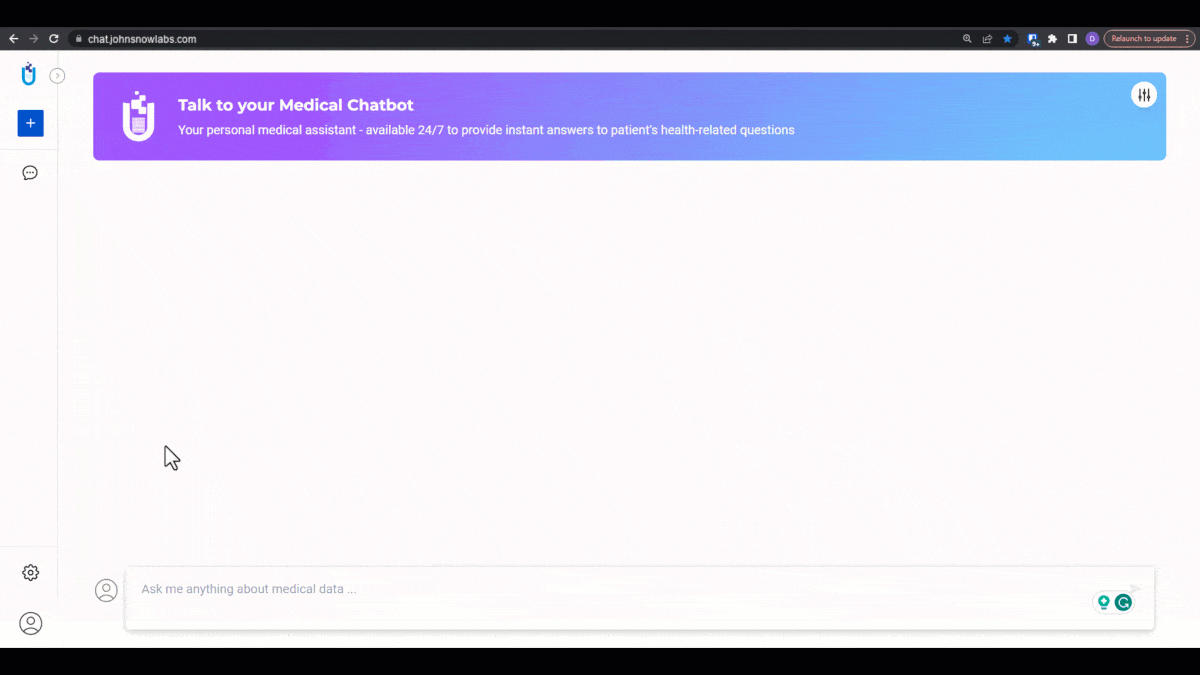
Conduct a Literature Review
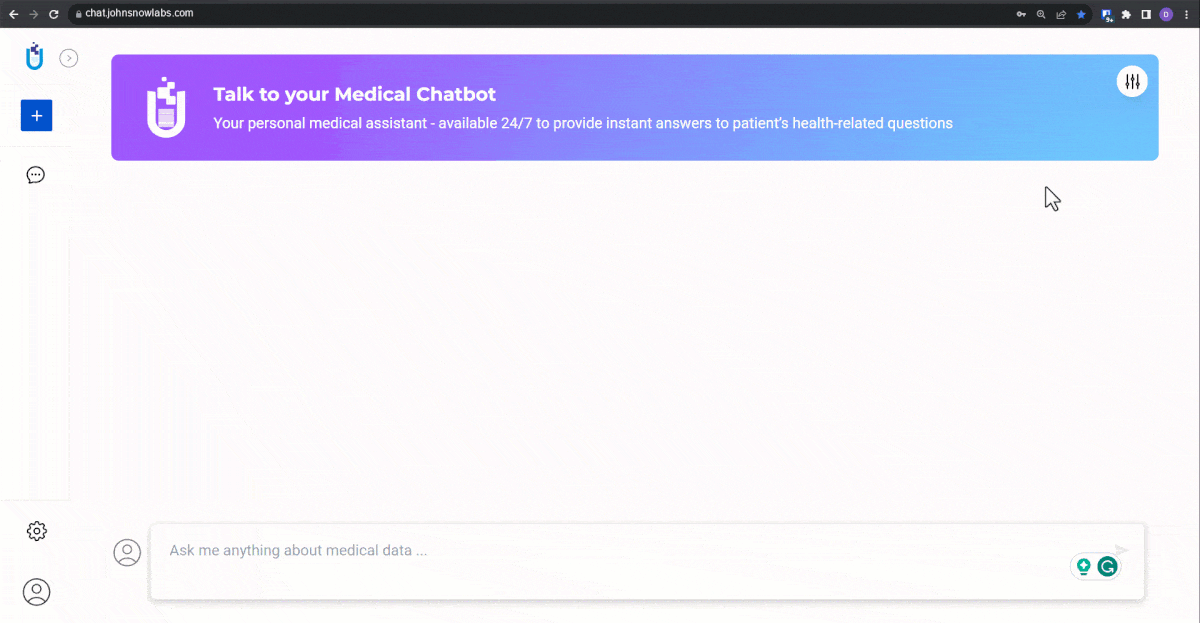
Medical Knowledge At Your Fingertips
Multiple source of medical research and data sources indexed.
Daily updates of new medical results, clinical trials and terminologies.
Ready to process millions or billions of documents. Scale the cluster to fit your needs.
Get Started
Professional
- Proprietary Large Language Model tuned for Healthcare
- Medical Knowledge Updated Daily
- Medical Conversations
- Smart Ranking of References
- Safeguards
- Prevent Hallucinations
- Customizable Tone of Voice
- Search Bookmarks and Responses
Enterprise
- Private On Premise Deployment
- Unlimited Custom Knowledge Bases
- Connect Your Own Data Sources
- Custom Brand Voice and Safeguards
- Unlimited Users and Groups
- Role Based Access Management
- Single Sign-On
- API Access
- Designed to Scale
Frequently Asked Questions
Large Language Models (LLMs) in the healthcare industry encode clinical knowledge through pre-training and fine-tuning processes:
- 1. Pre-training: During the pre-training phase, LLMs are exposed to vast amounts of healthcare-related text data, including electronic health records (EHRs), medical literature, clinical guidelines, and more. This process helps the models learn the syntax, semantics, and domain-specific vocabulary used in clinical settings.
- 2. Fine-tuning: After pre-training, LLMs are fine-tuned on healthcare-specific tasks. They are trained on datasets that contain labeled medical texts and clinical data, allowing them to adapt to the unique requirements of tasks like medical diagnosis, natural language understanding, medical question answering, and healthcare information retrieval.
LLMs can also utilize external knowledge sources, such as medical ontologies and databases, to enhance their understanding of clinical concepts and relationships. This enables them to encode clinical knowledge and provide valuable insights in the healthcare domain.
While LLMs hold significant promise for the healthcare industry, they face several challenges:
- 1. Data Privacy and Security: Healthcare data is highly sensitive and subject to strict privacy regulations (e.g., HIPAA). Ensuring the secure handling of patient data is a major concern.
- 2. Data Quality: Healthcare data can be noisy and inconsistent, which can pose challenges for training and fine-tuning LLMs to make accurate predictions.
- 3. Clinical Validation: LLMs need to be rigorously validated for clinical use. Ensuring their outputs align with medical standards and do not provide misleading information is essential.
- 4. Bias and Fairness: LLMs may inherit biases from the data they are trained on, potentially leading to biased outcomes in healthcare decision-making. Addressing these biases is crucial.
- 5. Interoperability: Integrating LLMs with existing healthcare systems and ensuring they can work seamlessly with electronic health records and clinical workflows is a technical challenge.
- 6. Regulatory Compliance: Meeting regulatory requirements for medical devices and health information systems is necessary for LLMs used in healthcare.
LLMs can automate various healthcare tasks, including:
- 1. Clinical Documentation: They can generate detailed clinical notes and summaries, reducing the time spent on manual data entry by healthcare professionals.
- 2. Medical Literature Review: LLMs can analyze medical literature and provide summaries, aiding researchers and healthcare professionals in staying updated on the latest research.
- 3. Patient Question Answering: LLMs can answer patient questions, offer medical advice, and provide information on symptoms and treatment options.
- 4. Clinical Decision Support: LLMs can offer suggestions and insights to healthcare providers to support clinical decision-making.
While LLMs offer the potential for automation in healthcare, their use should be in conjunction with healthcare professionals to ensure accurate and responsible decision-making and patient care.
Large Language Models (LLMs) are a class of artificial intelligence models used in Natural Language Processing (NLP). These models are designed to understand, generate, and manipulate human language. They consist of deep neural networks with an extensive number of parameters, enabling them to process and generate text at a scale previously unattainable. Examples of LLMs include GPT-4, BERT, and Flan-T5.
Large language models work by learning patterns, relationships, and associations in vast amounts of text data. They consist of deep neural networks, typically utilizing transformers (""attention"") mechanism, which allow them to process text in a parallel and context-aware manner. These models are pre-trained on massive text corpora, which helps them learn the intricacies of language. They can then be fine-tuned for specific NLP tasks like text generation, translation, summarization, and sentiment analysis.
Training large language models involves two main steps: pre-training and fine-tuning.
- 1. Pre-training: In this phase, models are exposed to a massive amount of text data from the internet. They learn language structures, grammar, and semantics by predicting the next word in a sentence. This stage produces a ""base model"" with broad language understanding.
- 2. Fine-tuning: After pre-training, models are fine-tuned for specific NLP tasks. During this phase, the models are trained on a more narrow dataset tailored to the desired task. For instance, if you want a model for sentiment analysis, it's fine-tuned on a dataset of sentiment-labeled texts.
Large language models represent a significant advancement over traditional NLP methods in several ways:
- 1. Generalization: LLMs exhibit better generalization as they can handle a wide range of language tasks with minimal task-specific modifications, while traditional NLP systems require substantial engineering for each new task.
- 2. End-to-End Approach: LLMs can perform end-to-end tasks without needing multiple specialized components (e.g., separate parsers, taggers, and classifiers).
- 3. Language Understanding: LLMs often have a deeper understanding of context and semantics, making them more effective in various NLP tasks, including text generation and comprehension.
Despite their advantages, large language models may require substantial computational resources and data for training, and they may not be suitable for all scenarios, especially when dealing with highly specialized or low-resource languages or domains. Traditional NLP techniques still have their place in specific contexts.
